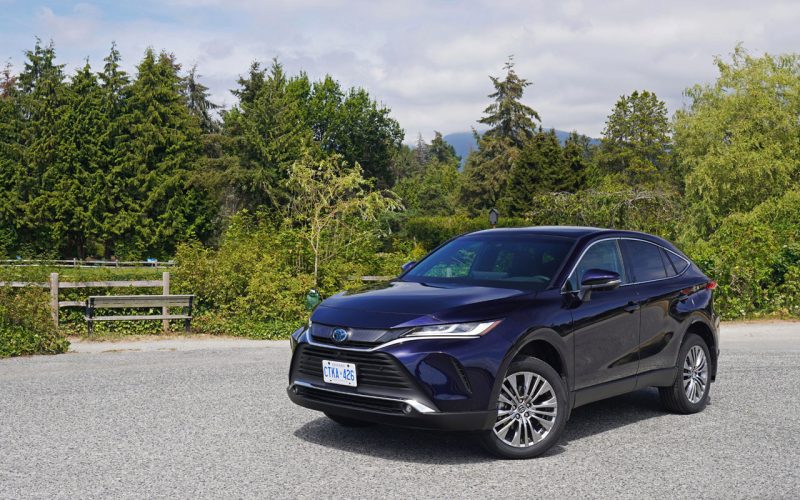
Reading Time: 13 minutesIt’s been about a year since I got back behind the wheel of Toyota’s completely rethought
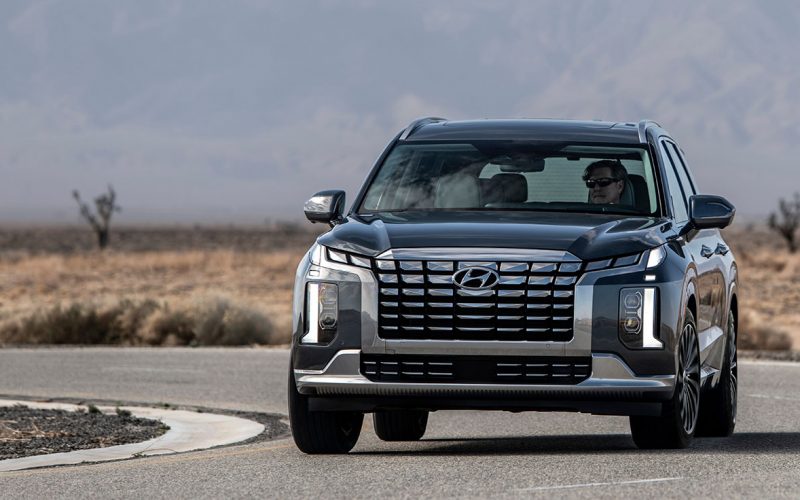
Reading Time: 8 minutesAfter three years in the Canadian auto market, the Hyundai Palisade will get a refresh for
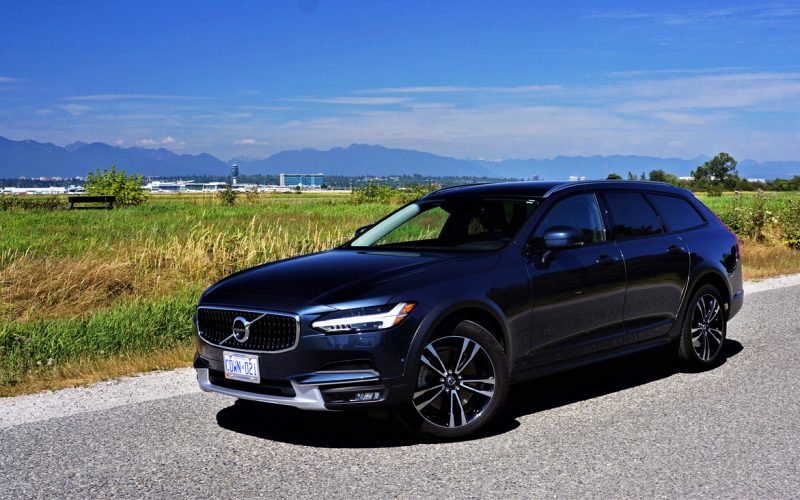
Reading Time: 13 minutesBack in early 2017, Volvo asked us to “rediscover [our] passion in life” in a then
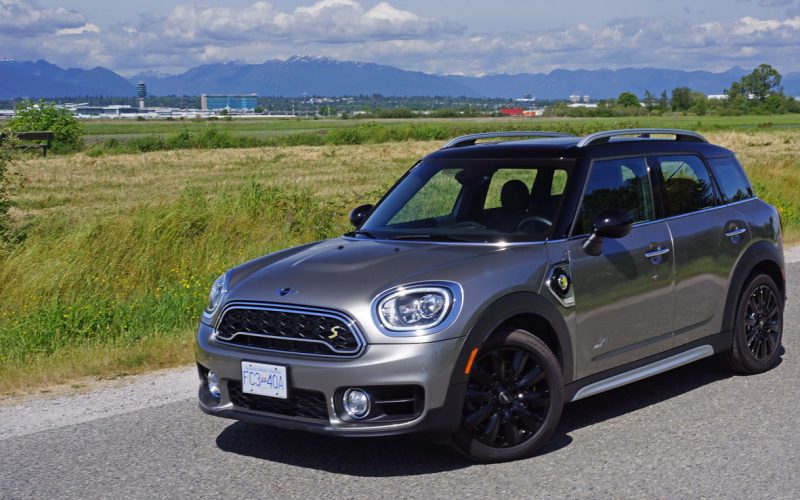
Reading Time: 9 minutesTogether with the Mini Countryman being reviewed here, BMW group dominates Canada’s subcompact luxury SUV segment.
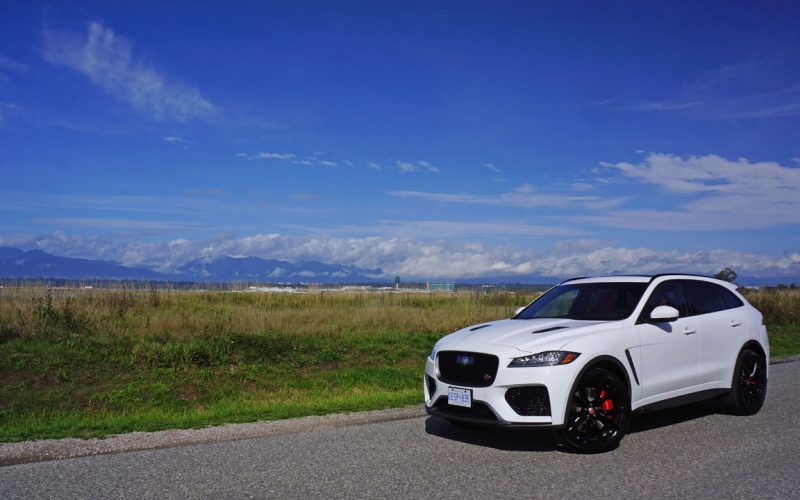
Reading Time: 13 minutesMy goodness this thing is insane! The power, the outrageous sound of the supercharged V8’s sport
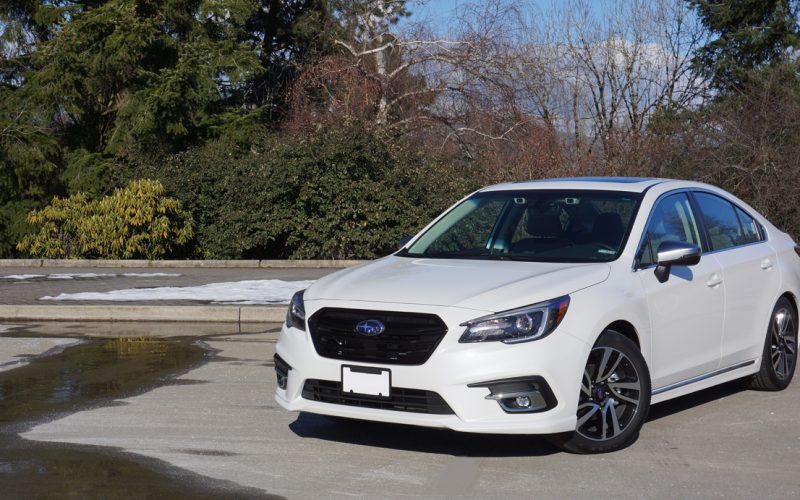
Reading Time: 11 minutesSubaru has just introduced a redesigned 2020 Legacy mid-size sedan with new styling, updated engines, and
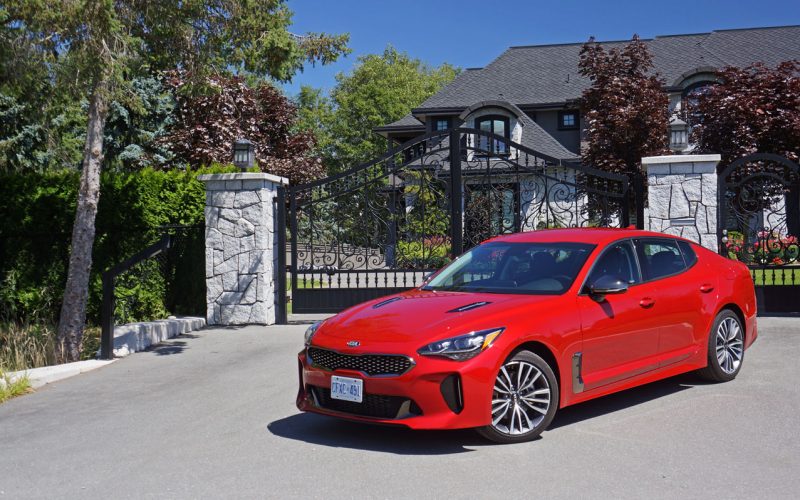
Reading Time: 10 minutesIt seems every time I’ve had opportunity to get behind the wheel of Kia’s new Stinger
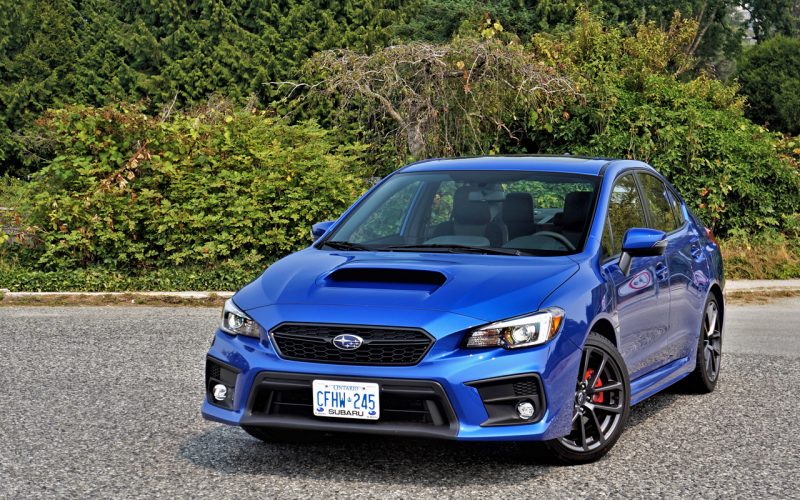
Reading Time: 14 minutesSo what do you think? Can the case be made for a person actually opting for
© 2025 The Car Magazine. All Rights Reserved, Privacy Policy | Terms of Use